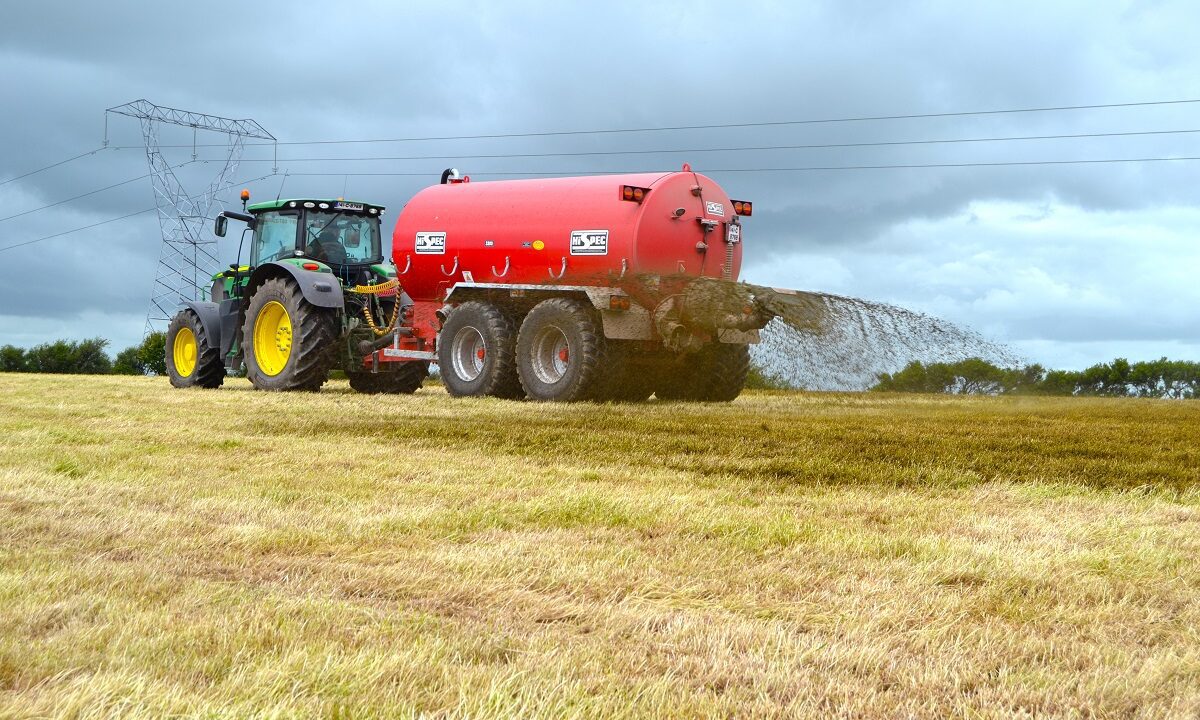Each year a small proportion of Irish farmers lose income by exceeding stocking rate limits in the Nitrates Regulations, the Department of Agriculture has said.
The Department advises that farmers can avoid these penalties by taking action during the year.
Farmers can avoid penalties through a range of options, including exporting slurry during the year to less intensively stocked farms or renting extra land and submitting the appropriate forms to the Department.
Another option is monitoring their livestock numbers throughout the year and reducing them where there is a risk of exceeding the limit.
The Department has encouraged all farmers who exported slurry, rented extra land or temporarily moved cattle to another holding to submit the appropriate forms as soon as possible (not later than December 31) to the Nitrates section, Johnstown Castle, Wexford.
Those farmers that are most likely to exceed the limit based on Departmental data have received a text message outlining their stocking rate to the end of October.
Any farmer that is unsure about their position should contact their local agricultural advisor or Nitrates section at 053-9163444.
Under the regulations, farmers are obliged to ensure that the total amount of Nitrogen (N) from organic manure applied to their own lands (including that deposited by the animals themselves) does not exceed 170kg of N per hectare (NPH) per year, i.e. equivalent to two dairy cows per hectare.
Farmers can apply for a Nitrates Derogation which allows them to farm up to 250kg NPH per year, subject to some additional conditions being met.
How is the Nitrogen per hectare (NPH) figure arrived at?
The kg of Nitrogen figure per hectare figure is arrived at by dividing the total kgs of Nitrogen produced on the farm, which is extracted from the Animal Identification and Movement System (AIM), by the eligible area under the Basic Payment Scheme, according to the Department.
The annual nutrient excretion rate for dairy cows in the regulations is 85kg, so if for example you had 30 dairy cows on the farm (with a farm size of 20ha) for the full year, the total N figure would be 2,550kg and the NPH would be 127.5kg, rounded to 128, i.e. 2,550 divided by 20.
What happens if a farmer breaches the regulations?
Breaching the regulations can affect a farmers annual payments for a given year under the Direct Payment Schemes and Rural Development Programme measures, where applicable, the Department advises.
That is why it is so important to understand the regulations and know exactly how they apply to you, and to what you do on your own holding, it said.
Farmers will receive a statement in January/February following the year of the breach and given an opportunity to explain why you should not be penalised.
Future contact with the Department
1. To register a mobile phone number for future SMS text alerts please log on to https://www.agriculture.gov.ie/mobileupdates/ to access the sign-on form.
2. All farmers can view their N and P statements at wwww.agfood.ie. Farmers not already registered can do so by logging onto www.agfood.ie and clicking the ‘Register’ button.
If a herdowner does not have access to online or SMS text alert notification services, the interim N and P statements can be obtained from the Department’s Nitrates Section, Johnstown Castle, Wexford at 053-9163444.

